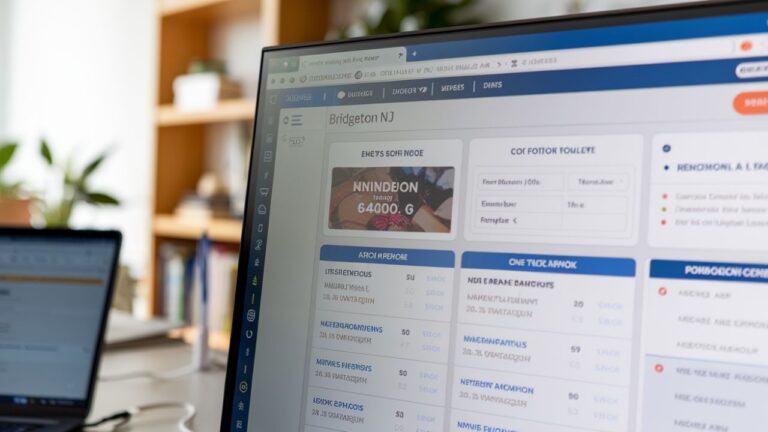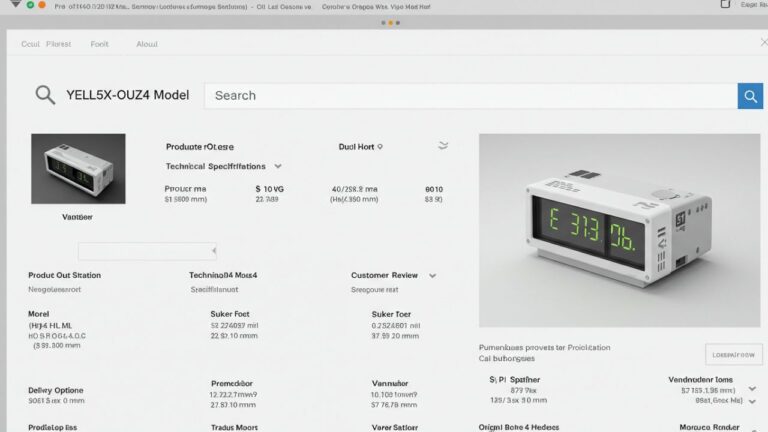
Ethical ELA
In today’s classrooms, ethical ELA rises as a powerful tool for nurturing thoughtful, responsible, and expressive learners. Students don’t just study grammar or literature—they also engage with deeper questions about fairness, identity, and compassion. When English Language Arts focuses on ethics, learners develop both critical thinking and emotional intelligence. This article explores how ethical ELA reshapes education and strengthens the moral compass of future generations.
📚 Table of Contents
| Main Topics | Subtopics |
|---|---|
| Introduction | Defining Ethical ELA Importance in Modern Education |
| Core Principles | Empathy Integrity Reflection |
| Ethical ELA in Practice | Writing Prompts Reading with Purpose |
| Classroom Culture | Inclusive Discussions Respectful Debates |
| Character Building | Teaching Justice Promoting Kindness |
| Literature as a Mirror | Diverse Voices Culturally Responsive Texts |
| Critical Thinking Skills | Analyzing Bias Challenging Assumptions |
| Writing with Intention | Personal Narratives Argumentative Essays |
| Ethical Grading and Feedback | Valuing Growth Encouraging Honesty |
| Teacher’s Role | Modeling Behavior Facilitating Growth |
| Engaging with Real-World Issues | Social Justice Environmental Ethics |
| Technology and Ethical ELA | Digital Citizenship Online Expression |
| Collaboration and Community | Peer Review Group Projects |
| Challenges Faced | Controversial Topics Balancing Opinions |
| Professional Development | Learning Communities Reflective Practice |
| Student Voices | Empowerment Through Expression Sharing Stories |
| Integrating SEL | Emotional Literacy Responsible Decision-Making |
| Future of Ethical ELA | Curriculum Trends Lifelong Impact |
| FAQs | Common Questions Answered |
| Conclusion | Final Thoughts and Encouragement |
🔍 Defining Ethical ELA
Ethical ELA combines English Language Arts with values-based learning. It asks students to reflect on how words affect people. This approach doesn’t push personal beliefs—it encourages exploring human dignity, responsibility, and social awareness. Ethical ELA doesn’t shy away from complexity. Instead, it turns the classroom into a safe space for discussing difficult ideas.
🎯 Importance in Modern Education
Our world changes quickly. So, schools must teach more than reading and writing. They should foster critical empathy and moral reasoning. Ethical ELA does exactly that. With thoughtful reading and purposeful writing, students grow as both thinkers and citizens. They learn how to argue fairly, listen openly, and write with purpose.
💡 Core Principles
Empathy
Students read stories that reveal different experiences. They learn how others feel and think, especially in unfamiliar situations. Empathy turns literature into a bridge between people.
Integrity
Assignments focus on honest expression. Students explore truth in writing and avoid plagiarism. Teachers encourage them to write what they genuinely believe.
Reflection
Students take time to consider their ideas. They ask, “Why do I think this?” and “What can I learn from others?” This practice deepens learning.
📝 Ethical ELA in Practice
Writing Prompts
Teachers use open-ended questions to spark moral reflection. Prompts like “Describe a time you stood up for someone” build ethical awareness.
Reading with Purpose
Instead of just summarizing a novel, students explore moral dilemmas within the plot. They ask questions about justice, equality, and courage.
🏫 Classroom Culture
Inclusive Discussions
Every voice matters. Teachers create structures so everyone gets a chance to speak. Diverse perspectives enrich class discussions.
Respectful Debates
Students learn how to disagree kindly. Teachers guide them in using evidence, not emotion, to support their opinions.
🌟 Character Building
Teaching Justice
Literature becomes a tool for understanding fairness. Students examine characters’ decisions and consider how justice shapes society.
Promoting Kindness
Simple acts matter. Through stories, students explore how kindness changes people’s lives and makes communities stronger.
📖 Literature as a Mirror
Diverse Voices
Students read authors from various cultures and backgrounds. This helps them understand global perspectives and appreciate difference.
Culturally Responsive Texts
Teachers select books that reflect students’ identities. This builds trust and relevance in the curriculum.
🧠 Critical Thinking Skills
Analyzing Bias
Texts often include implicit messages. Students learn to spot bias and ask, “Whose voice is missing here?”
Challenging Assumptions
They question what they’ve always believed. They learn to hold multiple perspectives in their minds without losing their own voice.
✍️ Writing with Intention
Personal Narratives
Writing about personal experiences helps students build self-awareness. They reflect on how events shaped their values.
Argumentative Essays
Students practice building reasoned arguments. They learn to consider counterclaims and use respectful language.
📊 Ethical Grading and Feedback
Valuing Growth
Teachers focus on progress, not just perfection. Feedback helps students improve, not just earn points.
Encouraging Honesty
Students can rewrite work or explain their thinking. This approach supports ethical learning and responsibility.
👩🏫 Teacher’s Role
Modeling Behavior
Teachers lead by example. They show fairness, patience, and curiosity during discussions and grading.
Facilitating Growth
They guide, not lecture. They ask questions and let students wrestle with big ideas.
🌍 Engaging with Real-World Issues
Social Justice
Students study current events through ethical lenses. They write letters, create campaigns, and advocate for fairness.
Environmental Ethics
They read about climate justice and environmental responsibility. Literature becomes a tool for global awareness.
💻 Technology and Ethical ELA
Digital Citizenship
Students learn to communicate ethically online. They understand tone, digital footprints, and privacy.
Online Expression
Blogs, forums, and podcasts help students share their voices beyond the classroom.
🤝 Collaboration and Community
Peer Review
Students learn to give kind, useful feedback. Peer editing becomes a practice in empathy and critical thinking.
Group Projects
They solve real problems together. Working in teams builds trust and respect.
⚠️ Challenges Faced
Controversial Topics
Not all schools welcome deep discussions. Teachers must balance honesty with community expectations and student comfort.
Balancing Opinions
Students come from different backgrounds. Teachers need strategies to keep debates respectful and inclusive.
📈 Professional Development
Learning Communities
Teachers join networks like EthicalELA.org to share lessons, prompts, and feedback with peers.
Reflective Practice
They analyze what worked and what didn’t. They always look for ways to deepen impact.
🗣️ Student Voices
Empowerment Through Expression
Students feel ownership when writing connects with real issues. Their words carry weight.
Sharing Stories
They present work to parents, peers, and communities. Their stories matter and can make change.
💞 Integrating SEL
Emotional Literacy
Students identify feelings in literature and themselves. This builds emotional vocabulary and insight.
Responsible Decision-Making
They consider consequences and think ethically before acting—whether in stories or real life.
🔮 Future of Ethical ELA
Curriculum Trends
More schools include empathy, equity, and voice in their standards. Ethical ELA gains momentum across districts.
Lifelong Impact
Students who learn ethical thinking carry those values into adulthood. They become better neighbors, leaders, and thinkers.
❓ Frequently Asked Questions (FAQs)
1. What does Ethical ELA mean?
It means using English language arts to build moral awareness, empathy, and social responsibility in students.
2. How do I start using Ethical ELA?
Begin with reflective prompts, diverse texts, and open discussions. Encourage students to express and question values.
3. Does Ethical ELA push specific beliefs?
No. It invites exploration, not indoctrination. Students think critically and form their own ideas.
4. Can I use Ethical ELA with younger students?
Yes! Simple stories and writing can explore fairness, kindness, and truth at any age.
5. What books support Ethical ELA?
Choose diverse authors and stories that explore justice, identity, and human connection. Look for culturally relevant titles.
6. Where can I find Ethical ELA resources?
Check EthicalELA.org and educator blogs that share prompts, lessons, and community events.
🎓 Final Remarks
Ethical ELA transforms the classroom into a space of learning, growth, and heart. Students don’t just become better writers or readers—they become thoughtful people. As teachers guide them through rich texts and meaningful questions, students discover their voices and values. This isn’t just education—it’s transformation. Let ethical ELA light the path for future generations who read, write, and live with purpose.







